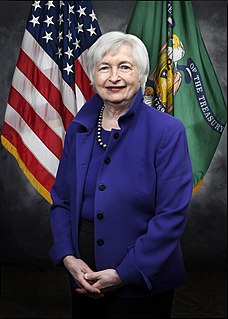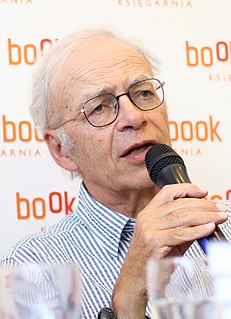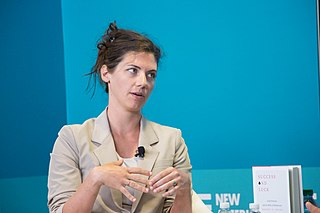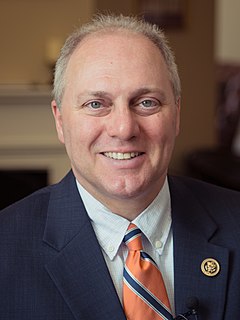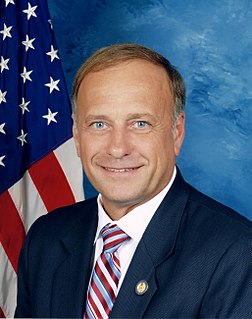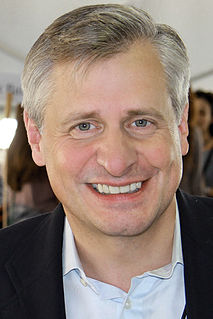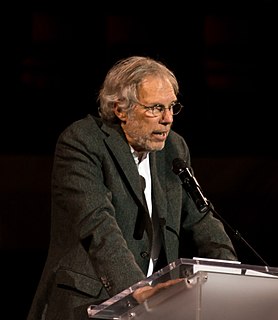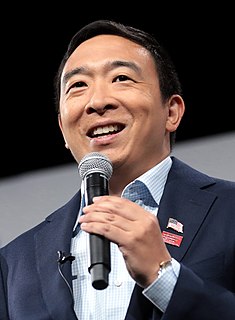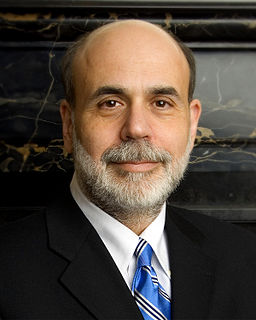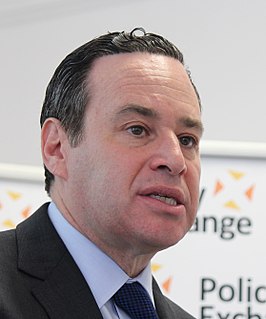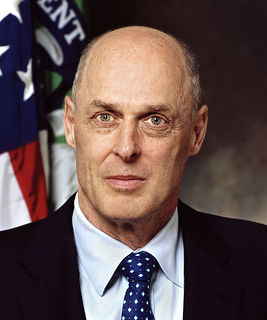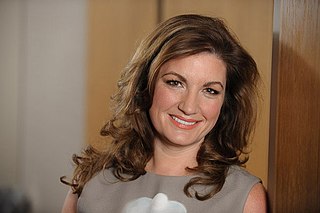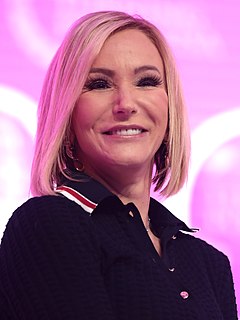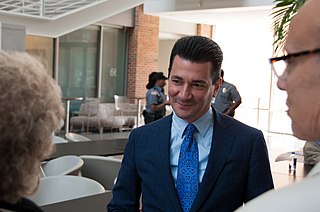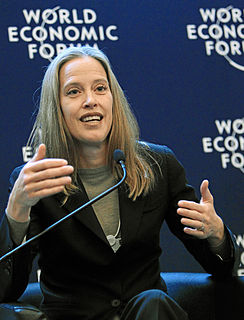A Quote by Janet Yellen
Social safety-net spending is an important form of public funding that helps offset disparities in family resources for children.
Related Quotes
Without in any way minimising the economic and psychological blow that people experience when they lose their jobs, the unemployed in affluent countries still have a safety net, in the form of social security payments, and usually free healthcare and free education for their children. They also have sanitation and safe drinking water.
In the United States, the average is two children per family, while in Africa it is five children per family. On the surface, the statistic seems to indicate that Africans are having way too many kids and are taxing the Earth's resources, while American kids are born into families who are able to take care of them. However, the average American child consumes roughly the same resources as fifteen African children. So when an American family says they only have two children, they are actually consuming the resources of an African family of thirty children!
It is important for practical and psychological reasons to call any reasonably stable group that rears children a family.... The advantage of this view is that traditional and nontraditional families can all be seen to serve the interests of children. Children can also feel comfortable with an approved family form, even if it is not traditional.
One of the dangers about net-net investing is that if you buy a net-net that begins to lose money your net-net goes down and your capacity to be able to make a profit becomes less secure. So the trick is not necessarily to predict what the earnings are going to be but to have a clear conviction that the company isn't going bust and that your margin of safety will remain intact over time.
Student debt in the US has exploded in the past decade. One of the reason is that the private costs of attending college have risen sharply, with public higher education funding having been cut sharply. Average public funding per student was 15 percent lower in 2015 than in 2008, and 20 percent lower than in 1990. The burden of the public funding cuts has been worsened by the stagnation of average family incomes. By 2014, this figure had nearly doubled, to 35 percent of median household income.
